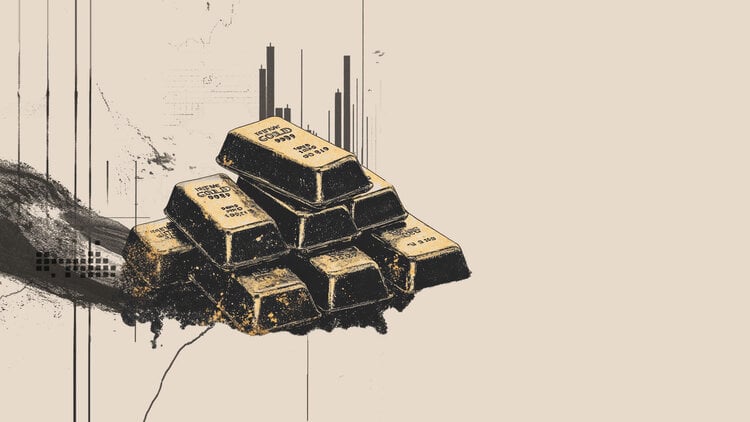Here’s what to know for next week:
On the same day that the Federal Reserve (Fed) raised interest rates and signaled a possible pause, bank concerns dominated the headlines. Next week, the central bank will publish the Survey of Opinion of Senior Credit Officials on Bank Lending Practices, which will be used at the next FOMC meeting. The report addresses changes in bank lending rules and conditions, as well as the state of demand for loans from businesses and households; Crucial numbers in the current environment, with the Fed tightening and concerns about the banking sector.
The key reports for next week will be the US Consumer Price Index (CPI) on Wednesday and the Producer Price Index (PPI) on Thursday. These numbers will contribute to interest rate market expectations and will be crucial to the next direction of the US dollar and Treasury yields.
The 10-year US bond yield briefly hit a three-week low before bouncing to 3.45%, while the 2-year US bond yield ended below 4%. Bond Yield remains within its recent range. The general trend is still down, but the current uncertainty surrounding the US debt ceiling could add to the volatility of the markets. Meanwhile, the Dollar Index closed the week at a one-year low, but still remains above the key support level of 101.00.
The USD/JPY pair had its worst week since March, despite the rebound in US yields and improving market sentiment. On Friday, the pair pared losses and rallied towards 135.00 following the release of US jobs data. Volatility is expected to remain high in the Yen crosses due to large swings in interest rate expectations. the Fed and while Wall Street falters.
The EUR/USD pair ended the week flat after the European Central Bank (ECB) meeting, in which the ECB raised rates as expected. The pair approached 1.1100, but then pulled back. Although the correction was limited, it is still trading sideways in the short term around 1.1000.
The GBP/USD pair posted another weekly rise and closed at its highest level since April 2022. Despite the strength of the dollar, the pair broke above 1.2600 on Friday. The UK will have a public holiday on Monday to celebrate the coronation of King Charles III. On Thursday, the Bank of England (BoE) is expected to raise interest rates by 25 basis points. The focus will be on whether the BoE signals a pause or keeps the door open for more hikes. On Friday, the UK will report its monthly GDP.
USD/CAD was in a bearish trend but plunged on Friday on strong Canadian jobs report, sending the pair dipping below 1.3400 and hitting its lowest level in two weeks with April’s low at view.
AUD/USD rose for the fifth day in a row on Friday, hitting 0.6750, the highest level in three weeks; crucial resistance remains 0.6800. The Australian dollar was the best performing major currency following the unexpected rate hike by the Reserve Bank of Australia (RBA). The NZD/USD pair it also rose strongly and ended the week around 0.6300, the highest level in months.
Gold had a volatile week with mixed signals after a sharp reversal from the all-time high around $2,075 towards $2,000 following the Nonfarm Payrolls report. Silver rallied for most of the week but fell 1.70% on Friday, pulling back below $26.00.
He Colombian peso was the best performing currency of the week, with USD/COP falling 2.80%, erasing all gains from the previous week. The South African rand was the worst performing currency, with USD/ZAR closing at 18.40.
the bitcoin It was up more than 2% on Friday and turned positive for the week, recovering to $29,500. Crude oil prices ended the week with losses, but far from lows. WTI rose more than 4% on Friday, not enough to erase weekly losses but enough to improve the outlook.
Did you like this article? Help us with your comments by answering this survey:
Source: Fx Street
I am Joshua Winder, a senior-level journalist and editor at World Stock Market. I specialize in covering news related to the stock market and economic trends. With more than 8 years of experience in this field, I have become an expert in financial reporting.







